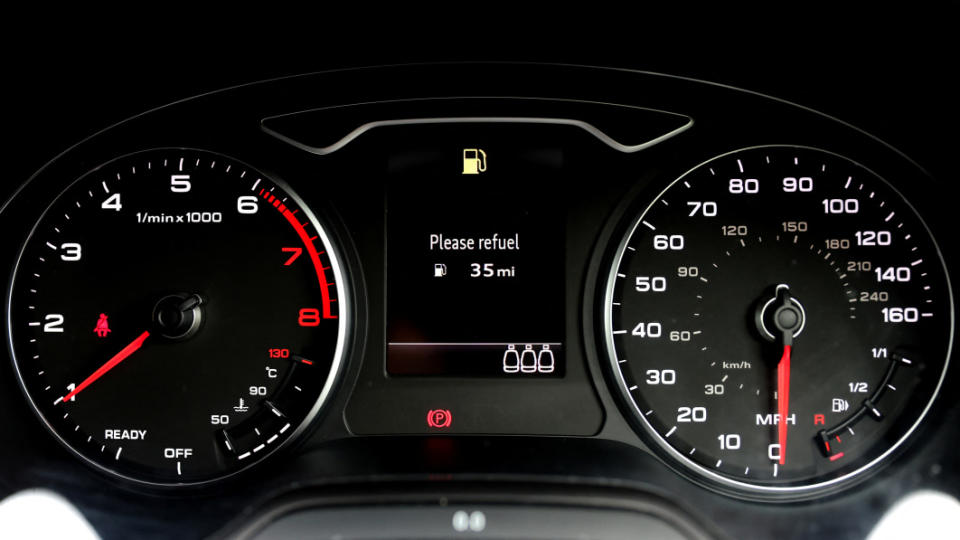What is mpg and how does it compare with kWh or liters per mile?

In the United States, we measure fuel economy in terms of miles per gallon, or mpg. And the units are straight forward: it's a representation of how far you can drive in miles on a single gallon of fuel. The more miles you can go on a gallon, the more efficient the car is.
Fuel economy estimates, which are what you see on a car's window sticker, are covered with three separate numbers or figures.
What is city mpg versus highway and combined?
The three measurements you'll see on a car's window sticker or on sites like fueleconomy.gov are city fuel economy, highway fuel economy and a combined fuel economy figure. These are all calculated using a simulated driving loop from the EPA in each type of driving. City fuel economy is typically the lowest. This is because city driving is usually less efficient. Stops involve idling, in which fuel is being used but the car isn't going anywhere. And accelerating from a from stop uses more fuel than steady running.
Read more: Most fuel efficient vehicles of 2022
Highway numbers tend to be higher because it lacks those stops and acceleration. Instead, highway driving mainly features steady speeds at low rpm (how fast the engine is spinning), so not as much fuel is needed to travel long distances. The combined rating is based on a drive loop with both types of driving conditions, and thus usually falls between the other ratings.
When shopping, you'll want to consider what kind of driving your typical routine involves to get an idea of what your fuel economy may be.
What about mpg ratings for plug-in hybrids and electric cars?
Measuring efficiency in mpg is convenient for gasoline- and diesel-powered cars, since it's based on familiar distance units and the units used for how much fuel you have and will use. However, it gets complicated with plug-in hybrids and electric cars, since both can drive on electricity, which obviously isn't stored with a set volume of liquid.

 Yahoo Autos
Yahoo Autos 
